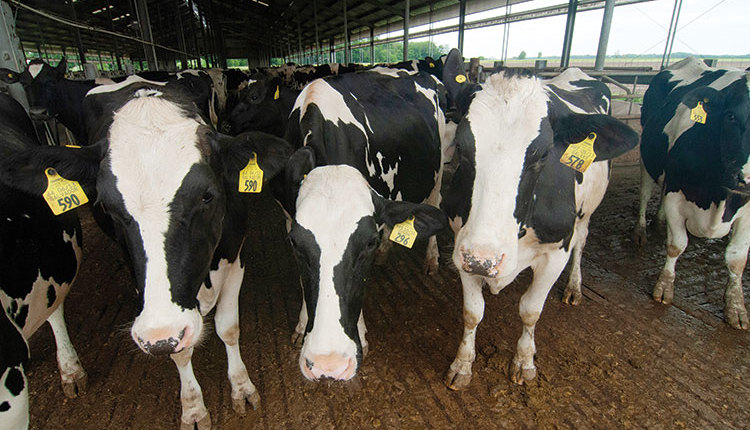Heifers are not only the most fertile group of females on your dairy, they generally represent the best genetics. Despite these positive attributes, too many dairies don't take full advantage of this valuable resource because too many heifers are not inseminated when they have reached adequate age, stature, and body weight. The statistics confirm progress has been slow as age at first calving has dropped slightly from the 28 to 30 months of age during the past 20 years.
That begs the question, where is the industry headed towards increasing the efficiency of heifer breeding? More importantly, what is the age of your replacements at first calving? Whether you manage your own replacements or have them reared by someone else, you should monitor this important economic trait.
Age at first calving
Recent research on some 13,000 dairy farms confirms age at first calving ranges from 25 to 27.3 months. Clearly, most herds could better manage their heifers.
To read more on this topic, see page 168 of the March 10, 2011 issue of Hoard's Dairyman.
That begs the question, where is the industry headed towards increasing the efficiency of heifer breeding? More importantly, what is the age of your replacements at first calving? Whether you manage your own replacements or have them reared by someone else, you should monitor this important economic trait.
Age at first calving
Recent research on some 13,000 dairy farms confirms age at first calving ranges from 25 to 27.3 months. Clearly, most herds could better manage their heifers.
To read more on this topic, see page 168 of the March 10, 2011 issue of Hoard's Dairyman.







